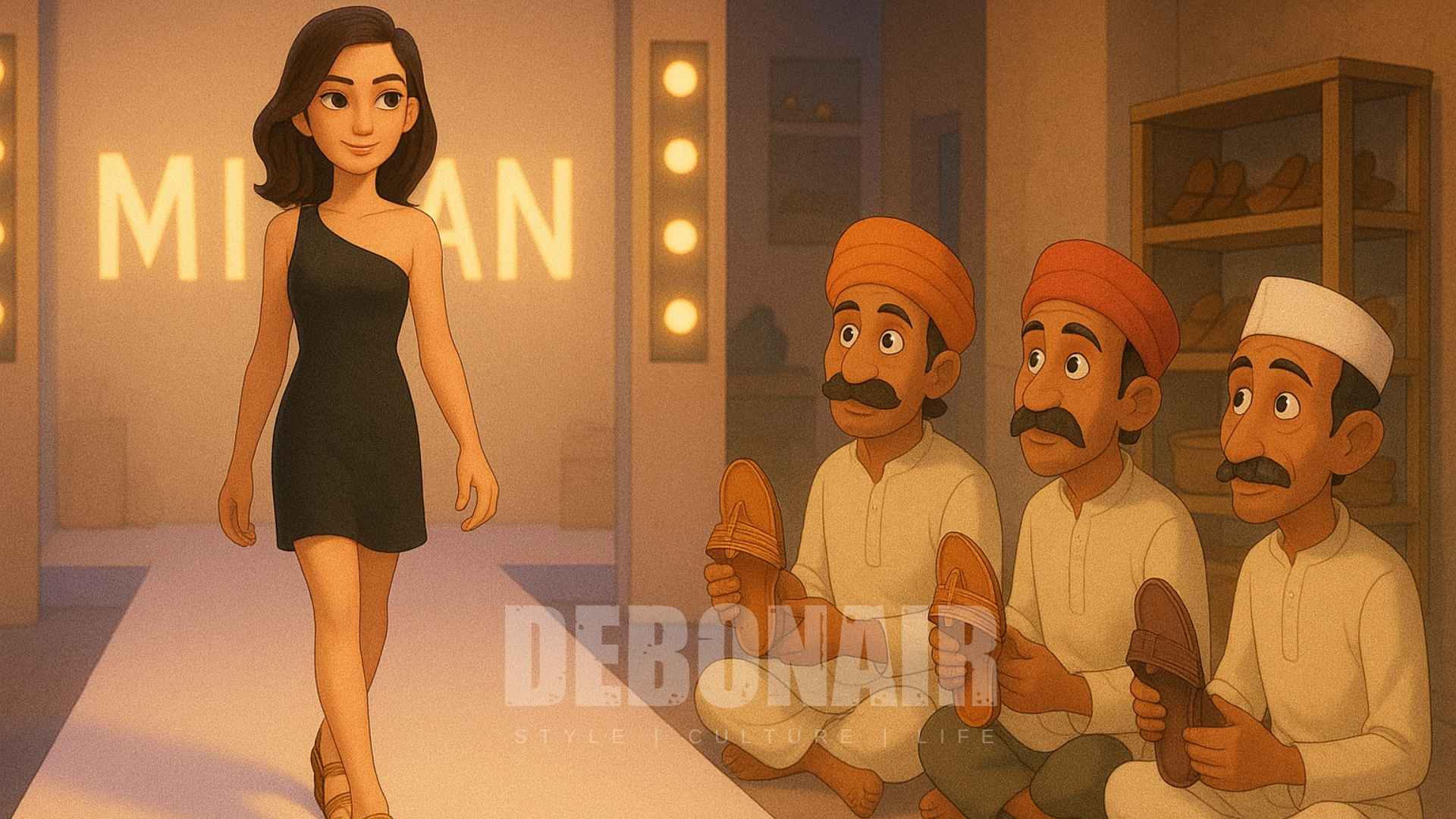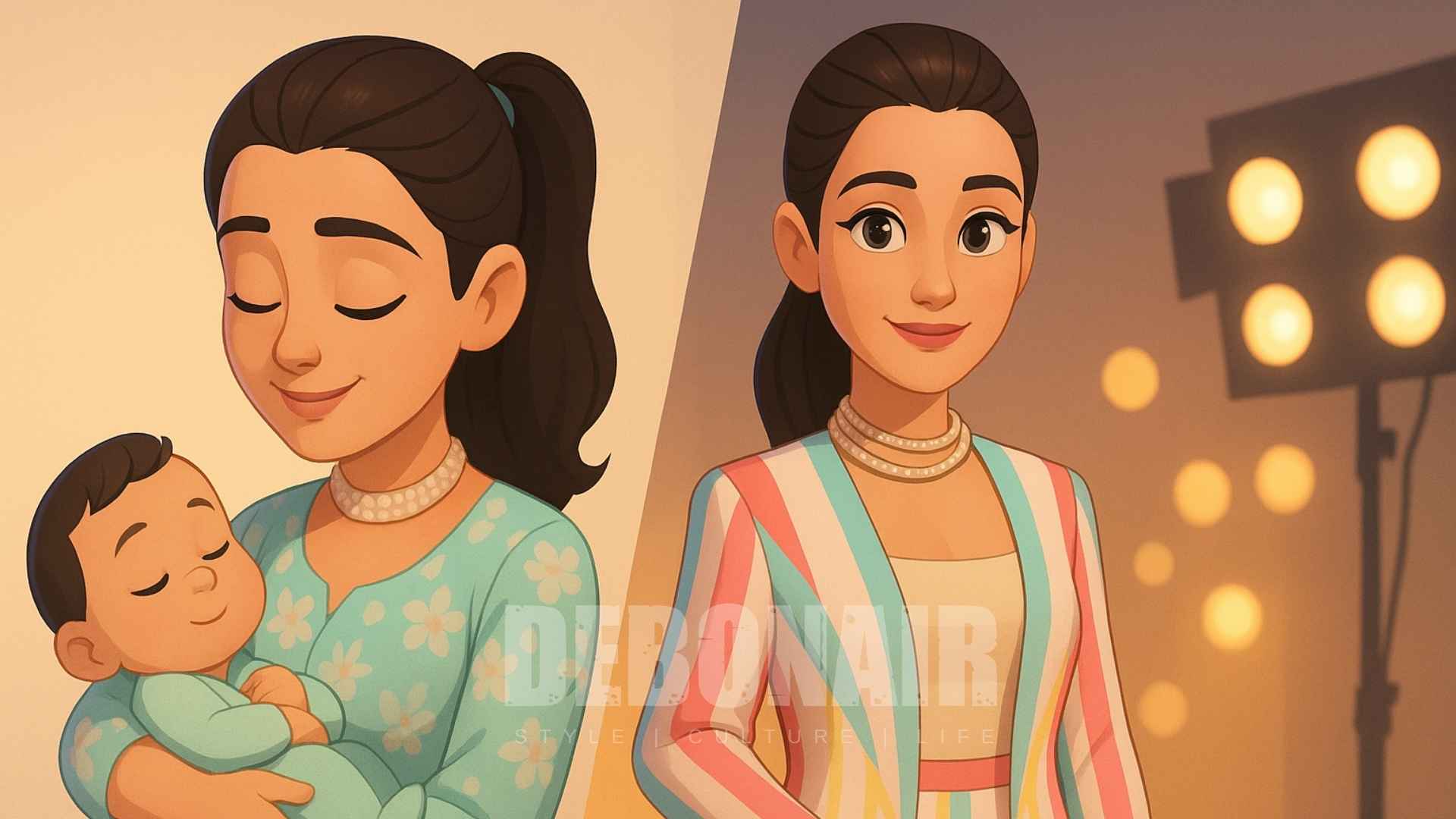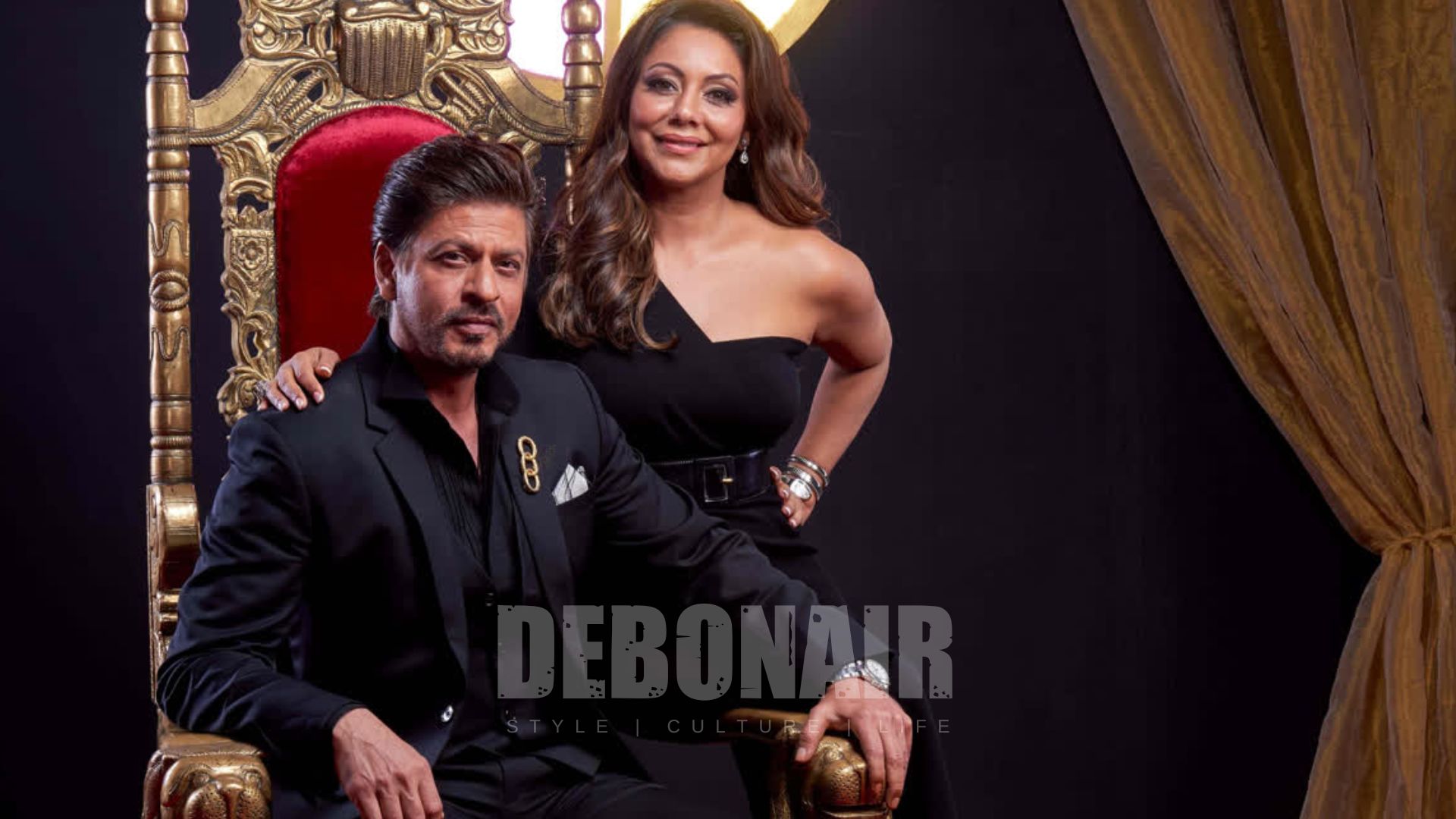You know that feeling when something deeply familiar shows up dressed as something else — a dish you grew up with on a tasting menu, a childhood tune remixed for a luxury ad, a street-side ritual repackaged for a museum? That’s what this Prada situation feels like. Not a scandal. Not a surprise. More like a ghost — an echo of something old being recast as something new, with the price tag to match.
At Milan Fashion Week, Prada sent out a men’s sandal — leather, hand-braided, open-toe, gorgeously minimal — and called it a design moment. But for anyone who’s walked barefoot through a summer wedding in Pune, or haggled in the Belgaum bazaar, it was instantly recognizable: Kolhapuri chappals. The OGs of Indian footwear. The design hasn’t changed in centuries, because it never needed to. Timelessness doesn’t get edited.
But here’s where it stings. Prada priced theirs at around ₹1.2 lakh — roughly $844 USD. The same silhouette, made by hand by artisans in Maharashtra and Karnataka, sells for ₹300 to ₹1500. That’s less than a round of cocktails in most cities. No nod to the original. No citation of source. Just “leather sandals,” as if heritage were a mood board.
Cue the outrage. But also — the conversation we’ve needed.
Let’s pause on the Kolhapuri for a second. It’s not just footwear. It’s design with memory. Every pair has fingerprints — sometimes actual ones — from the family-run workshops that cut, cure, punch, and stitch these beauties into shape. The curve of the upper, the braid of the toe ring, the patina that only comes from sun and wear and waiting in someone’s hallway. This is living craft, not aesthetic fodder.
So yes, when Prada’s CSR head Lorenzo Bertelli eventually acknowledged the inspiration and offered vague collaboration gestures, it felt… partial. Like a footnote when the original deserved a prologue. India’s trade bodies, especially MACCIA and the GI-rights holders LIDCOM and LIDKAR, weren’t satisfied. Nor should they be. Because GI protection — while important — isn’t armor. Especially not against the fashion world’s sneaky sleight-of-hand: take, tweak, upscale, forget to cite.
What’s wild is how common this is. Cultural design — especially from the Global South — is constantly feeding the high-fashion loop. Moroccan tiles on $3,000 coats. Maasai beadwork on Paris runways. Desi embroidery as “boho luxe.” The pipeline is clear. What’s murkier is the ethics of it.
And this is where it gets interesting. We’re in a moment — culturally, socially — where authenticity matters more than ever, but only if it’s stylish. Heritage has to look good in an editorial. Identity has to match the algorithm. So when Prada borrows from Kolhapur and doesn’t name the lineage, it’s not just erasure — it’s marketing dressed as minimalism.
But look closer. This isn’t just about Prada. It’s about us. About how we value origin. About how we still assume craft means “local,” and luxury means “European.” About why handmade is only celebrated when it crosses an ocean and comes back with a logo.
There’s a richer story waiting to be told here. Imagine if Kolhapuri artisans weren’t just acknowledged but brought into the design process. Imagine a sandal that didn’t just resemble heritage but carried it. Imagine a runway where the credits list not just designers but craftspeople. Not just aesthetics but ancestry.
Because in this economy of style and self-expression, what we wear is narrative. And the stories behind those sandals — the ones stitched in small-town India, that show up unannounced in Milan — deserve more than inspiration status. They deserve voice, equity, spotlight.
And let’s be honest: that would be far chicer.
Stay updated with the latest in fashion, lifestyle, and celebrity stories—straight from the world of Debonair. Follow us on Instagram, X (Twitter), Facebook, Youtube, and Linkedin for daily style and culture drops.
Aarav writes about modern Indian life with warmth, curiosity, and cultural flair. Whether it’s evolving relationships, homegrown movements, or the psychology of trends, his work feels like a long conversation with a thoughtful friend.
















